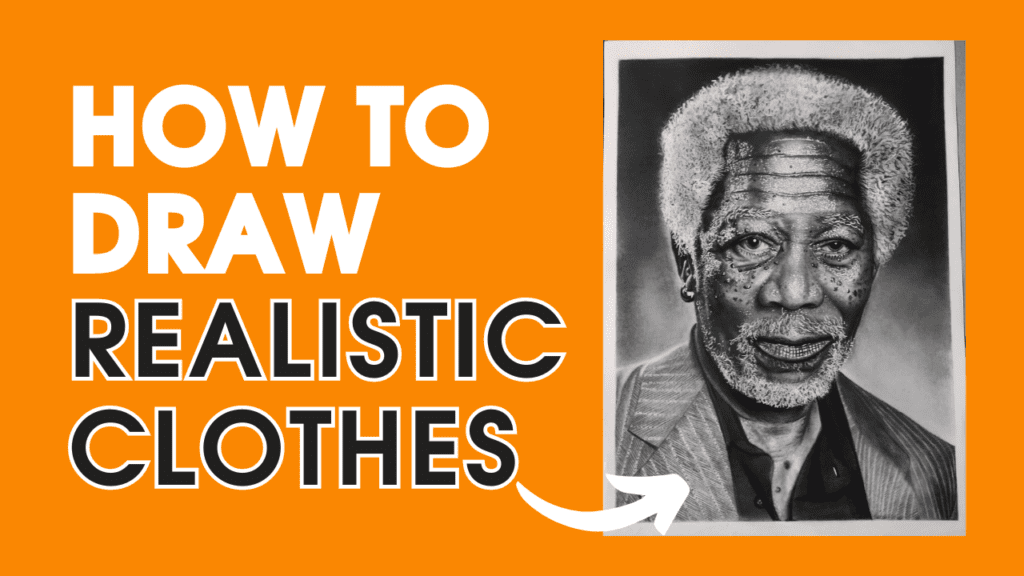
Having the ability to sketch how to draw clothes realistically is a vital skill for any fashion or pencil artist. This article will guide you through the necessary procedures and techniques for improving your ability to draw clothes that not only looks good but also effectively present fabric dynamics and style.
Figuring out the Fundamentals of Drawing Clothing
Choosing the Right Tools
When I initially start drawing garments, I think about the tools I’ll need. It is critical to have a variety of pencils, erasers, and paper kinds that complement different patterns and fabric textures. Choosing the appropriate tools can significantly improve the quality of your drawings.

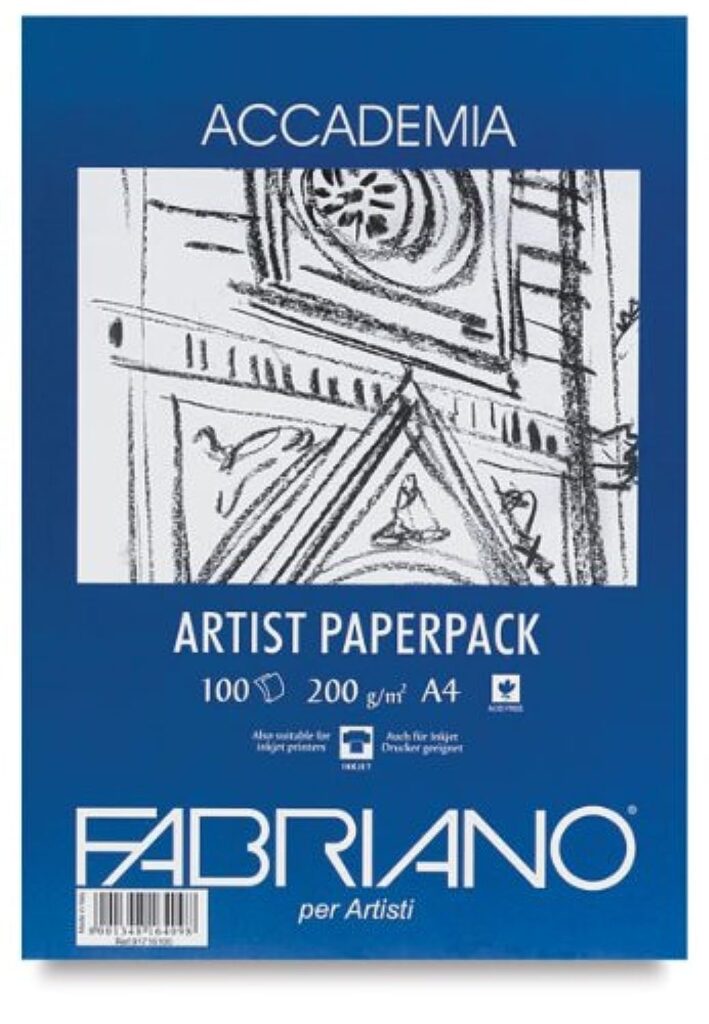
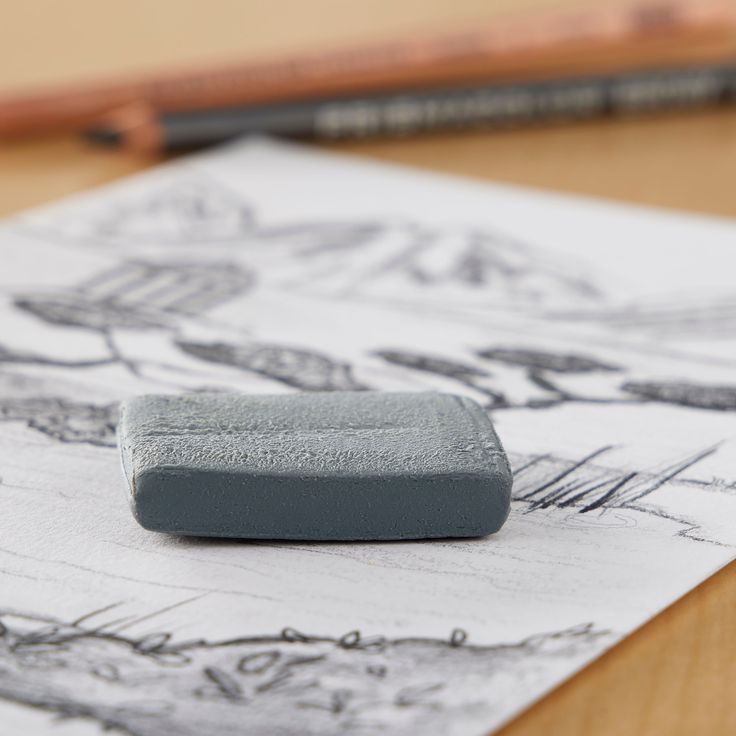

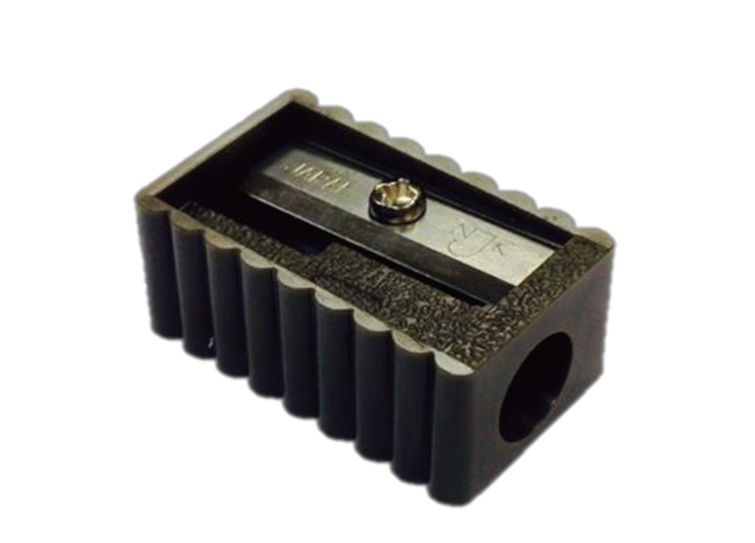
Familiarizing with Fabric Types
I spend a lot of time getting to know different fabric types. Each fabric behaves differently; for instance, silk flows differently from denim. Understanding these differences helps me in creating more realistic and dynamic drawings. Here’s a quick list of common fabrics and their characteristics:
- Silk: Smooth, flowing
- Denim: Stiff, textured
- Cotton: Soft, versatile
Studying Body Proportions

Drawing realistic clothes requires a strong understanding of body proportions. This includes learning anatomy and how clothing fits and moves on the body. I frequently practice by drawing simple outlines of the body before adding any clothing. This allows me to ensure that the garments I sketch later fit properly and appear natural on the body.
How to Draw Clothes (Sketching the Foundation)

When I first began sketching the framework for painting realistic outfits. This is a short, simplified sketch of the human body that will serve as the foundation for my fabric sketches. Drawing the clothes correctly is essential since it sets the tone for the entire artwork.
Next, I define body poses. This requires changing to meet the exact position or action I wish to convey. It’s about capturing the movement of the human body and how the clothes will fall over it.

Finally, I begin with the basic outline of the clothes. I keep these outlines light and expressive, using thin or dotted lines to map out the overall shape and flow of the clothes. This stage isn’t about perfection; it’s about establishing the initial concept, which I’ll improve later. Remember that a successful drawing begins with a strong sketch. Take your time with this, and the rest will be much easier.
Adding Details to Clothes
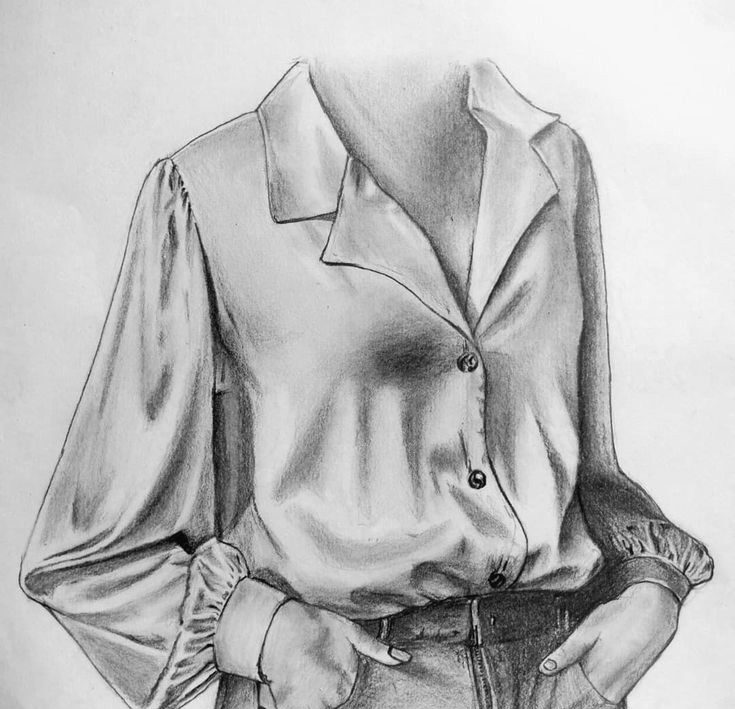
Incorporating Folds and Creases
When I start drawing clothes, folds, and creases are essential for bringing the fabric to life. They demonstrate how the clothes interact with the body’s movements. I normally start with the major folds generated by the body’s position, then add tiny wrinkles to demonstrate fabric stress.

Sketching Patterns and Textures
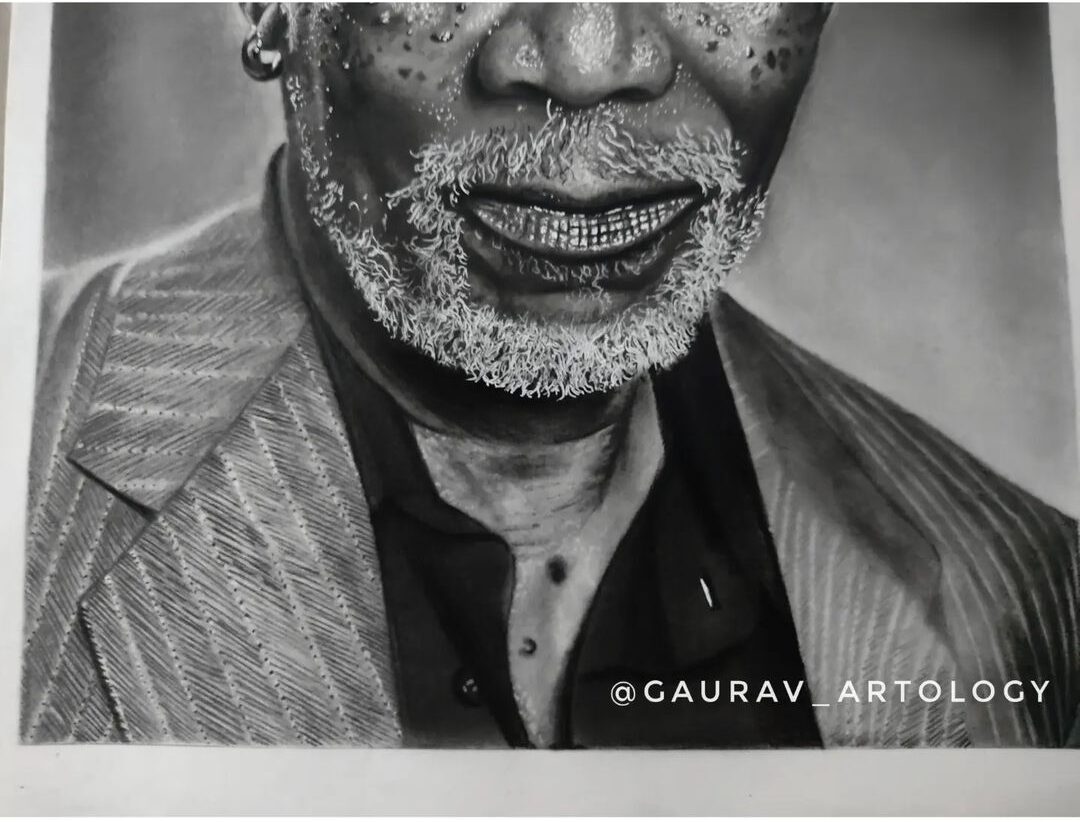
Patterns and textures provide character and complexity to clothes. I spend my time here, making sure the patterns match the fabric’s flow and overall design. It’s amazing how a simple striped pattern or a detailed floral print can take a piece of clothing from ordinary to eye-catching.
Highlighting Key Features
Finally, I highlight the important aspects that define the clothing’s style. This might include everything from the stitching on a denim jacket to the lace on a dress. Highlighting these aspects emphasizes the design’s unique elements, making the garment appear more realistic and intricate.
Mastering Fabric Dynamics
When I’m drawing clothes, understanding how different materials behave is crucial. Each fabric has its unique characteristics that influence how it drapes, folds, and moves. For example, silk flows easily and settles softly, but denim is firmer and holds its shape more forcefully.
Learning about Material Behavior.

Practicing movement in clothing.

I always start by looking into the material’s qualities. This allows me to predict how the fabric will rest against the body and flow away, nearly billowing. Thick fabrics, such as denim or wool, are boxier and reveal less of the body’s form.
Simulating movement in clothing.
To duplicate movement, I consider the environment in which the clothes will be worn. Wind, walking, or any other dynamic motion influences how clothes react. I start with basic contours and then add dynamic components like folds and creases that originate from places of motion.
Adjusting for Different Fabrics


Different materials require different techniques. The thinner the material, the more it folds and wrinkles. I use this knowledge to refine my drawing style, ensuring that each piece of clothing accurately depicts its material attributes.
Sharpen Your Drawing
Improving Realism with Shading

Shading is essential for creating depth and perspective in your clothing drawings. Begin by locating the light source and using it to determine where the darkest and lightest sections should be. To avoid jarring transitions, gradually add layers of shading and use a range of pencil grades to generate varied tones.
Fine-tuning Details
Once the basic forms and shading are in place, it’s time to get into the details. This includes adding elements such as buttons, seams, and texturing. Pay attention to the minor details that can make a significant impact in how realistic your drawing seems. Consistency in your technique will ensure that all aspects of the apparel appear connected and lifelike.
Advanced Techniques in Clothing Drawing
Experimenting with layers
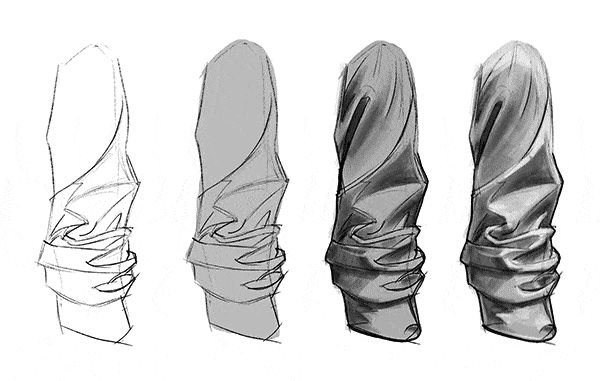
Layering is an essential technique in fashion illustration for adding depth and complexity to your drawings. Begin by sketching the base garment, then progressively add layers like coats, scarves, and auxiliary clothing items. Ensure that each layer is different and interacts naturally with the layers behind it.
Merging Accessories

Accessories can turn an ordinary look into something extraordinary. Focus on belts, caps, and jewelry. Sketch these pieces with a focus on how they enhance the overall look and interact with the body and other clothing.
Creating Signature Styles
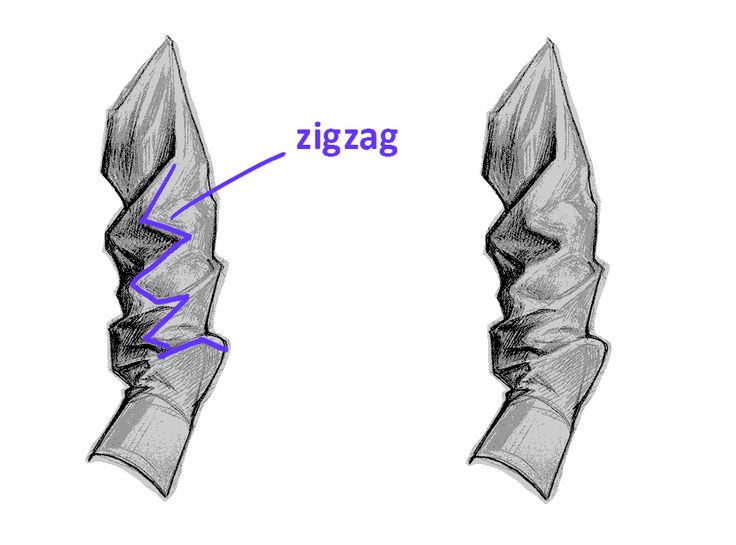
Developing a signature style sets your work apart from others. This entails using regular themes or components in your drawings that are identifiable as your signature style. Experiment with various drawing approaches, fabric representations, and color schemes to determine which best reflects your artistic voice.
Remember that learning these advanced methods involves practice and patience. Don’t rush the process; instead, enjoy the adventure of developing your skills.
Practical Tips for Improvement
Continuous Practice
I’ve found that consistent practice is the cornerstone of improving in drawing clothes. Setting aside time each day or week to draw can significantly enhance your skills. It’s not just about quantity, though; focusing on varied clothing styles and challenging yourself with new techniques is crucial.
Seeking Feedback
It’s essential to share your work with others. Getting feedback from peers, mentors, or online communities helps me pinpoint what needs improvement. This feedback is invaluable as it provides a fresh perspective and highlights areas that may not be obvious to me.
Studying Fashion Trends
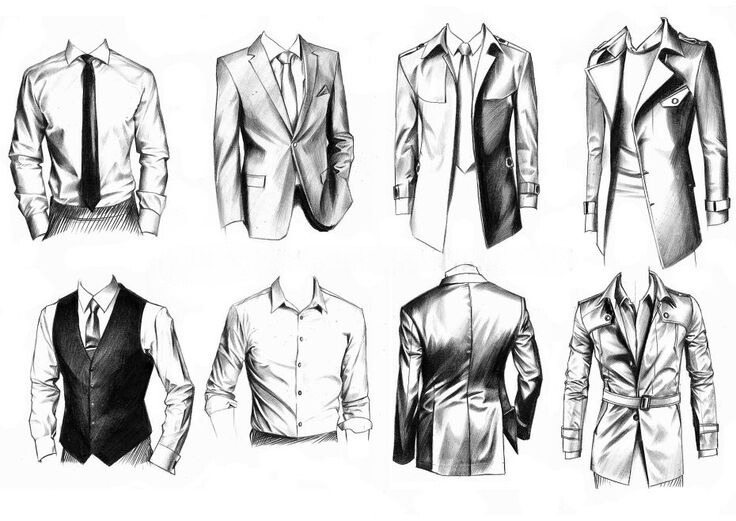
Keeping up with current fashion trends is vital. It helps me understand what’s relevant and popular, which in turn influences my drawings. I make it a point to regularly check fashion blogs, magazines and shows to stay updated. This knowledge not only inspires my work but also keeps it fresh and relatable to current styles.
Looking to elevate your artistic skills? Dive into our extensive collection of resources and tutorials on ‘My Artology’. Whether you’re a beginner or an advanced artist, our website offers everything you need to enhance your drawing abilities. Don’t miss out on the opportunity to transform your artistic journey. Visit our website now for more practical tips and tricks!
Final Thoughts
Mastering the art of drawing realistic clothes is a valuable skill that can enhance any artist’s portfolio, whether you’re interested in fashion design, illustration, or character creation. By following the step-by-step guide provided in this article, you can learn to accurately depict the intricate details of clothing, from the folds and creases to the way fabrics drape and move. Remember, practice is key to improvement, so continue to refine your techniques and experiment with different styles and materials. With dedication and creativity, you can transform your sketches into stunning, lifelike fashion illustrations.
FAQ’s
What are the essential tools needed for drawing realistic clothes?
The essential tools include sketching materials like pencils, erasers, and paper, as well as digital software for more detailed work. Familiarity with different fabric types and body proportions is also crucial.
How do I start drawing a dress?
Begin by sketching a basic outline of the dress using reliable tools, then focus on understanding the dress’s anatomy for realistic proportions and details.
What techniques should I use to add details to clothing in sketches?
Incorporate folds, creases, and textures by observing how fabric behaves on a body. Use bold lines for the clothes while keeping the croquis (model outline) lighter to emphasize the garment.
How can I make my fashion sketches stand out?
Practice drawing the clothes as they would realistically hang and move on a model. Focus on dynamic poses and how the fabric moves and changes shape, which adds life to your sketches.
What are some advanced techniques for clothing Drawing?
Experiment with layering different fabrics and integrating accessories to create depth and complexity in your designs. Also, try developing signature styles that make your work recognizable.
How can I improve my skills in drawing realistic clothes?
Continuously practice sketching different fabrics and styles, seek feedback from peers or mentors, and stay updated with fashion trends to refine your technique and approach.



Hello Neat post Theres an issue together with your site in internet explorer would check this IE still is the marketplace chief and a large element of other folks will leave out your magnificent writing due to this problem
Hey people!!!!!
Good mood and good luck to everyone!!!!!
Program iz I do not even understand how I ended up here, but I assumed this publish used to be great